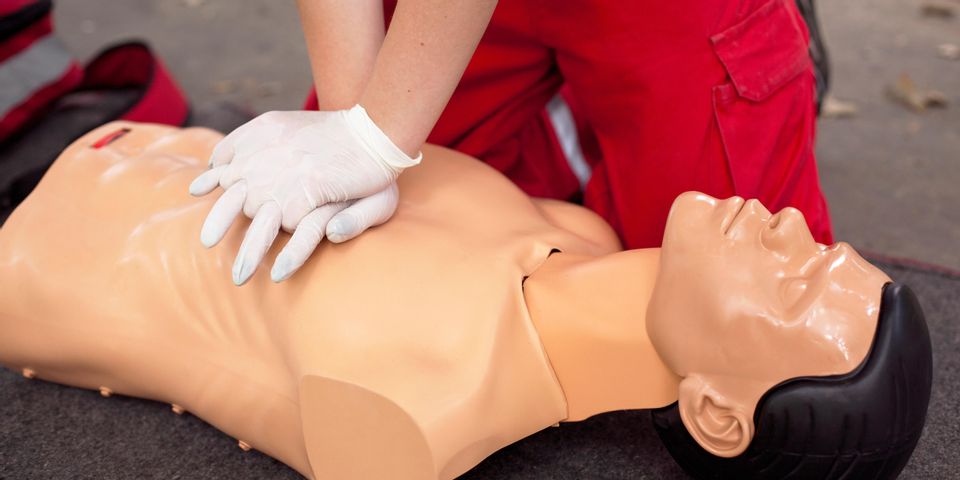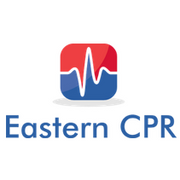
By Ike Umeadi
As a CPR instructor, I often get phone calls from people needing CPR classes, and when I ask them "So, what kind of CPR class do you need?", I often get a response like "What do you mean? I just need CPR". Other times, I get the baffled response "Are there different kinds??"
The short answer is - Yes, there are. Different professions require CPR training, and it wouldn't much sense for a construction worker or security guard to be trained at the same level of CPR as a Nurse or an EMT. Hence, CPR classes come in different shapes and sizes, ranging from the Family and Friends CPR class (a non-certification class designed for persons who do not need CPR for a job requirement, but just want to learn how to respond to an emergency) to the highly specialized ACLS class (Advanced Cardiovascular Life Support). Plus half a dozen other kinds of classes in between.
For Healthcare providers, the basic CPR requirement is the certification called the BLS for Healthcare Providers, also known as Basic Life Support for Healthcare providers. Physicians, nurses, paramedics, EMTs, respiratory therapists, physical and occupational therapists, dentists and dental assistants, physician’s assistants, residents or fellows, medical or nursing students in training, aides, medical or nursing assistants, phlebotomists and other allied health personnel are often required to have a current BLS certification. Certain professions and employers outside of the health field may also desire to have their staff trained at a level higher than the basic CPR certification, and hence may choose BLS.
BLS is a step above basic CPR because it includes training on how to respond as a team of trained professionals. This makes sense considering that most persons working in hospital or emergency response environments will most likely be responding as part of a team rather than individually. Also included in this class, is training on using equipment such as bag masks for oxygen delivery. So you could say this is your regular CPR class plus extra information included to cover the specific needs of the Healthcare Industry.
The BLS certification from American Heart Association is presently the most widely accepted BLS certification among employers in the Healthcare Industry in New York. However, the America Red Cross has very recently released a new BLS program of their own, and will be hoping to jostle for some market share.
Both the American Heart and Red Cross certifications are valid for two years. If you have a current certification card, most CPR training companies will offer you a discounted price for renewal. If your card is expired though, you may have to pay the full price for the class. So if your card is expiring soon, its best to seek a training location right away.
So there you have it. Next time you're calling up a CPR training company, requesting for a class and you get that strange question, "What kind of CPR class do you need?", you can confidently say "I'm a Healthcare provider and I need BLS".
Ike Umeadi is Lead Instructor at Eastern CPR. He is an experienced CPR/First Aid instructor certified by The American Heart Association (AHA), the American Red Cross (ARC) and the American Health and Safety Institute (ASHI). Eastern CPR provides CPR training and certification in Bronx, NY. In addition, an instructor is available to travel to your location anywhere in New York City and surrounding counties to provide a class. You can visit the website or register for a class here: www.easterncpr.com
About the Business
Have a question? Ask the experts!
Send your question

